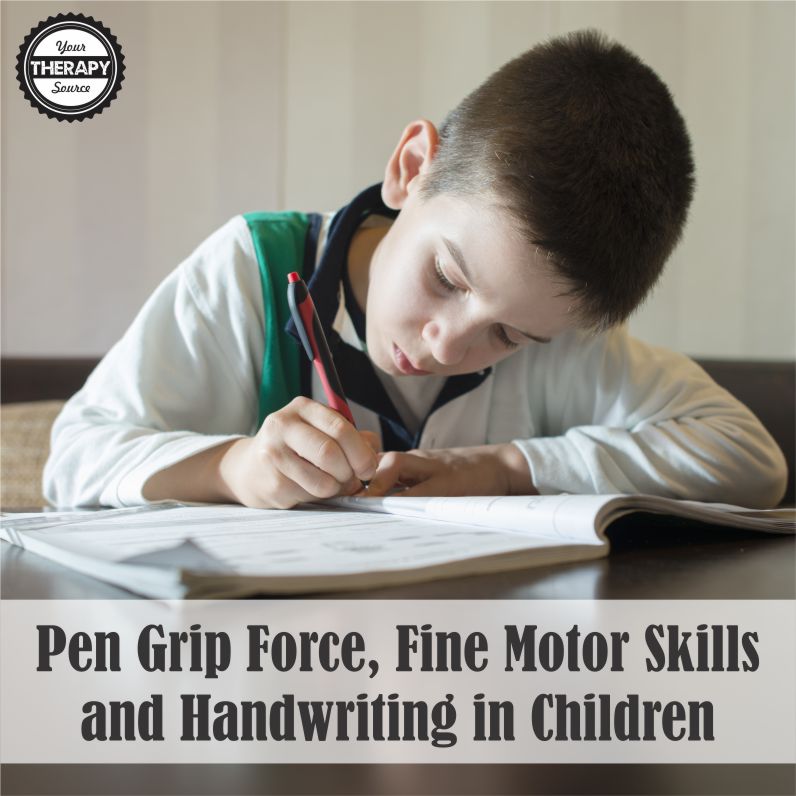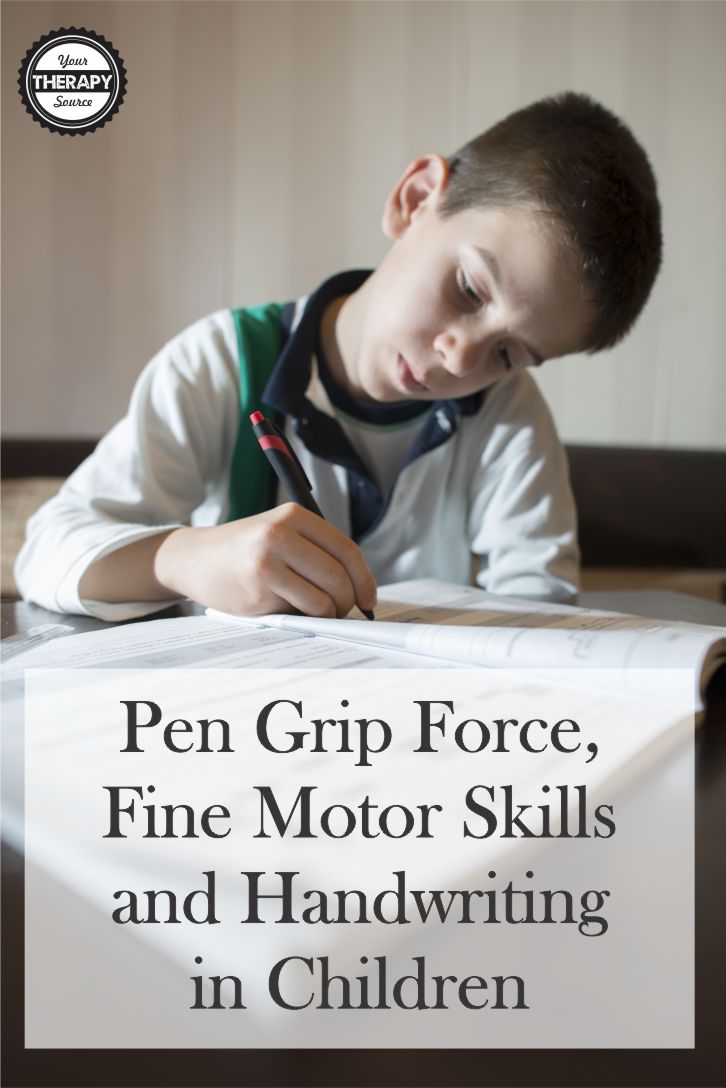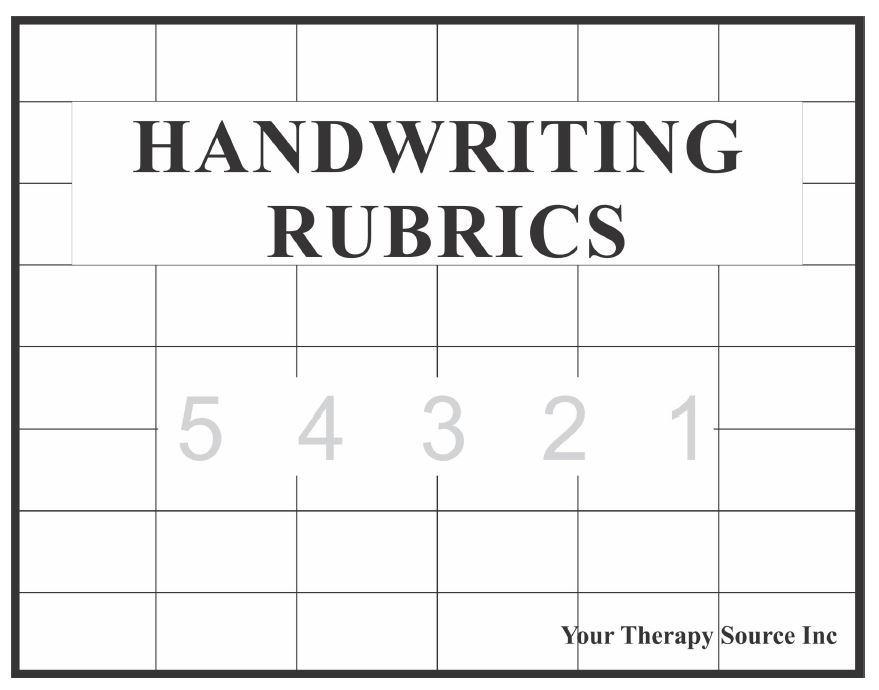Pen Grip Force, Fine Motor Skills and Handwriting in Children

Pen Grip Force Fine Motor Skills and Handwriting in Children
The Australian Occupational Therapy Journal published research examining pen-grip kinetics during writing tasks of 181 school-age children (5-12 years old) and investigate the relationship between the kinetic factors and fine motor skills. A force acquisition pen was to measure the forces applied from the digits and pen-tip were measured during writing tasks. Each child’s fine motor skills were also evaluated. The results indicated the following:
- peak force and average force might not be direct indicators of handwriting performance for typically developing children ages 5-12.
- younger children showed larger force variation and lower adjustment frequency during writing.
- force control when handling a pen is significantly correlated with fine motor performance, particularly manual dexterity.
The researchers concluded that manipulation skill may be crucial when children are establishing their handwriting capabilities.
Reference: Lin, Y. C., Chao, Y. L., Wu, S. K., Lin, H. H., Hsu, C. H., Hsu, H. M., & Kuo, L. C. (2017). Comprehension of handwriting development: Pen‐grip kinetics in handwriting tasks and its relation to fine motor skills among school‐age children. Australian Occupational Therapy Journal.
Read more on Writing Forces and Pencil Grasps
Read more on Fine Motor Skill Level and Handwriting
Handwriting Rubrics – This is an electronic book of 26 rubrics to assess handwriting. A rubric is a scoring guide to judge performance on a specific task. Have you ever wanted to quantify handwriting skills such as letter formation, speed or copying? Handwriting Rubrics can be used as assessment tools to quantify an individual’s written productivity. By using the rubric, each individual can be scored based on the same criteria. FIND OUT MORE.



